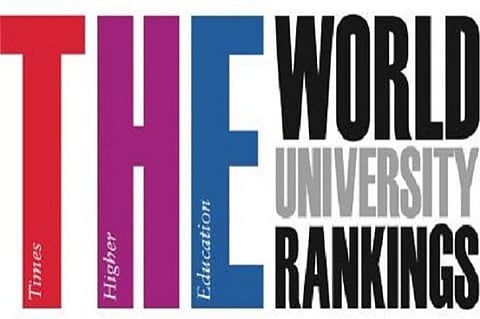To begin with, let us stop blaming our institutes blindly. Most of these rankings are designed in such a way that our institutes don't perform too well on the selected parameters. For instance, the number of undergraduates in the campus is a major parameter due to which Indian institutes such as IIMs and ISB fail to get high scores. Additionally, the diverse nationalities of the students joining the institute are also considered while ranking the institutes. Indian Universities, due to various restraints, do not admit many students from out of India, which further hurts their rankings.


